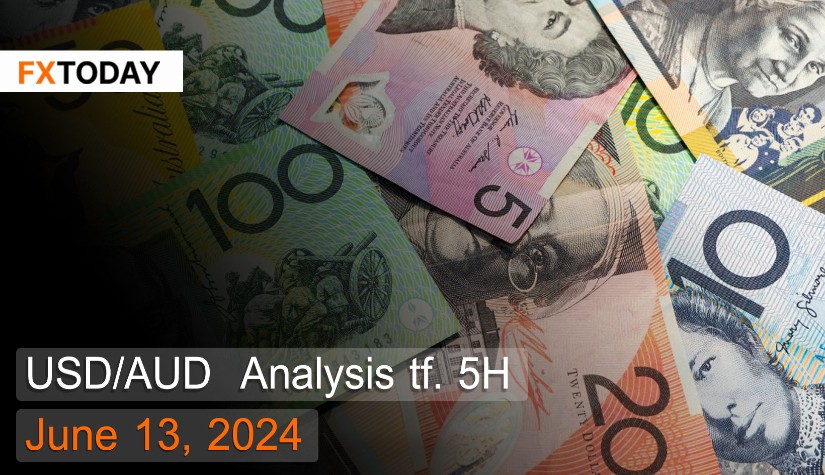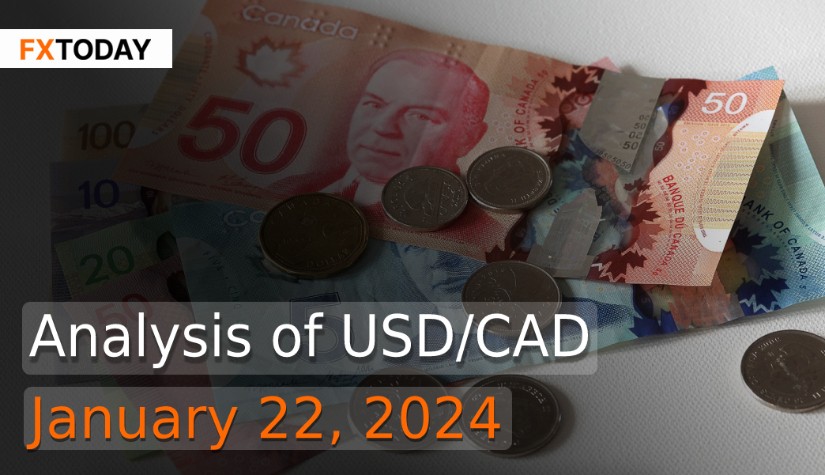Australia continues to be pressured by persistent inflation
The Australian dollar has stabilized again, supported by a rapid depreciation of the US dollar following the release of weaker-than-expected US inflation figures for May. Additionally, the Federal Reserve has signaled at least one interest rate cut this year, which could occur towards the end of the year.
As for Australian interest rates, investors predict that the Reserve Bank of Australia (RBA) will decide to keep the rate steady at 4.35% at next week's policy meeting. However, it is likely that the central bank will not consider further rate hikes if inflation shows a slight rebound. Michele Bullock, RBA Governor, noted that the current risks of interest rates and inflation are becoming more balanced.
The PMI Composite dropped to 52.1 in May, down from 53.0 in April, indicating a slight increase in private sector output. Most business activities are still driven by the expansion of the service sector, while manufacturing output continues to decline. However, the outlook for new export orders has increased in both manufacturing and services, which is a crucial factor for overall growth. The expansion of output and new businesses has led to increased employment in May, but rising raw material prices have also increased production costs.
Company profits in Australia fell by 2.5% quarter-on-quarter in Q1, marking a decline after a 7.1% growth in Q4 of 2023, which was the strongest increase in a year. By industry, wholesale and retail sales saw a slight decline, while finance and insurance dropped sharply by 7.4% after a 37.2% increase in the previous quarter.
The Australian business confidence index fell to -3 in May, reaching its lowest level in six months, indicating declining economic activity in Q1 and potentially continuing into Q2. This is due to lower confidence in the manufacturing and transportation sectors, with indicators showing lower sales compared to Q4 of the previous year. Meanwhile, cost expenditures continue to rise due to the rapid growth of wages and commodity costs.
Techical analysis data (5H)
Resistance: 1.5068, 1.5085, 1.5108
Source: Investing.com
Buy/Long 1: If the price touches support in the price range of 1.5005 - 1.5029 but cannot break the support at 1.5029, you may set a TP at approximately 1.5085 and SL at around 1.4989 or according to your acceptable risk.
Buy/Long 2: If the price breaks the resistance in the price range of 1.5068 - 1.5085, you may set a TP at approximately 1.5108 and SL at around 1.5005 or according to your acceptable risk.
Sell/Short 1: If the price touches resistance in the price range of 1.5068 - 1.5085 but cannot break the resistance at 1.5068, you may set a TP at approximately 1.5005 and SL at around 1.5108 or according to your acceptable risk.
Sell/Short 2: If the price breaks the support in the price range of 1.5005 - 1.5029, you may set a TP at approximately 1.4989 and SL at around 1.5085 or according to your acceptable risk.
Pivot point June 13, 2024 07:03 PM. GMT+7
|
Name
|
S3
|
S2
|
S1
|
Pivot Points
|
R1
|
R2
|
R3
|
| Classic | 1.4989 | 1.5005 | 1.5029 | 1.5045 | 1.5068 | 1.5085 | 1.5108 |
| Fibonacci | 1.5005 | 1.5021 | 1.503 | 1.5045 | 1.506 | 1.5069 | 1.5085 |
| Camarilla | 1.504 | 1.5044 | 1.5048 | 1.5045 | 1.5055 | 1.5058 | 1.5062 |
| Woodie's | 1.4991 | 1.5006 | 1.5031 | 1.5046 | 1.507 | 1.5086 | 1.511 |
| DeMark's | - | - | 1.5036 | 1.5049 | 1.5076 | - | - |
















